We’re inundated with hardware releases all the time and yet how much of it is actually shaping new music? Attack writer Adam Douglas charts the decline of hardware as a driving force of change in music.
Listen to a dance record from the late ‘80s or early ‘90s. If it’s Chicago house, you’ll likely hear a Roland TR-707 or TR-909, a TB-303, or possibly even a Juno-106. Grab a record from Detroit and you might encounter a TR-727 or Yamaha DX100. Move ahead a few years and you’ll get an Alpha Juno screaming out a hoover (likely sampled into an Akai S900). Now jump ahead to a modern record. If it was made with hardware (who can tell these days?) it’s pretty difficult to discern the specific devices being used. This phenomenon isn’t limited to dance music. It’s the same across the board, from rock to IDM to ambient. It’s not like no one is using hardware either. It’s more popular than ever.
If there’s anything that’s getting producers inspired within genres, it’s software. Plugins like Massive and Serum have made their impact felt. On the other hand, hardware just doesn’t seem as culturally relevant as it once did. Is hardware losing the competition to software?
The Gear That Mattered
For most of the history of recorded music, advancements in music technology have shaped the music we listen to. New instruments or recording equipment would come out, musicians and engineers would go out and buy it, and it would end up on a record. Other musicians would hear it, want to get that sound, and also pick it up. No matter the genre, new hardware was the catalyst for musical change. And not just hardware in general, but specific pieces of gear.
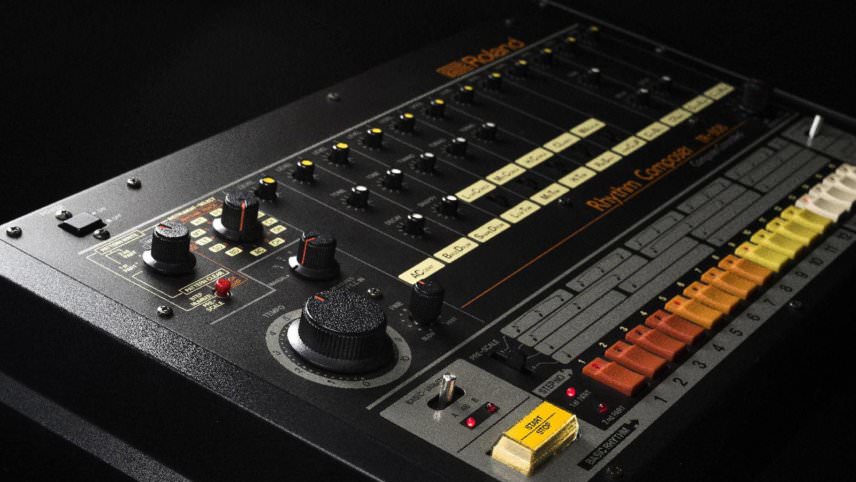
In terms of dance music, one of the first big releases was Roland’s TR-808. Although it wasn’t the game changer that we know it as right away, taking its time to generate interest by word of mouth, by the mid-‘80s it was all over dance records, from electro to Italo to what we now call post-disco. Oberheim’s DMX was another one. Thanks to “Sucker MCs” by Run-DMC (among many others), you couldn’t do cutting-edge hip-hop without it. Later hip-hop was shaped by sampling workstations, like Akai’s MPC series and E-mu’s SP-12 and SP-1200. Their impact is still being felt today.
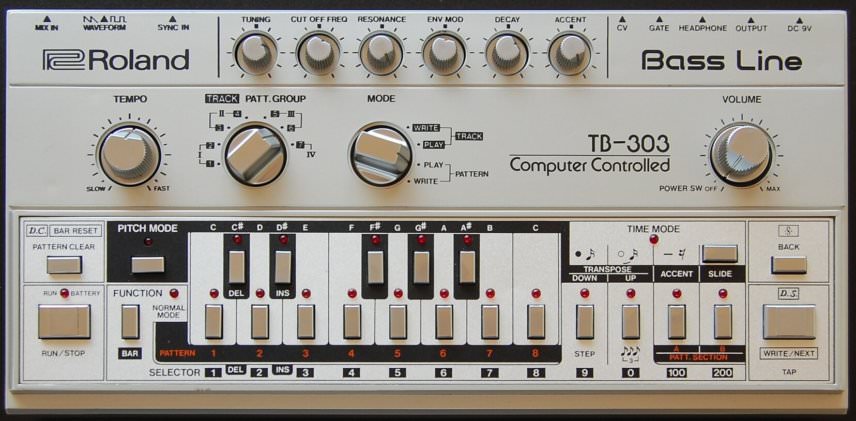
While it’s hard to imagine house and techno without machines like Roland’s TR-808 and TR-909, you could probably get by with an alternative, but when it comes to acid there’s no substitute for the Roland TB-303. The bass player replacement was nothing guitarists wanted but everything the dance world needed. It birthed acid house and nothing else will do. That squelch, the quirks of the sequencer, the way it takes distortion: just perfect. Sure, there are plenty of acid alternatives now but they’re all reproductions of the 303 in some way or other. The genre would not exist without that silver box.
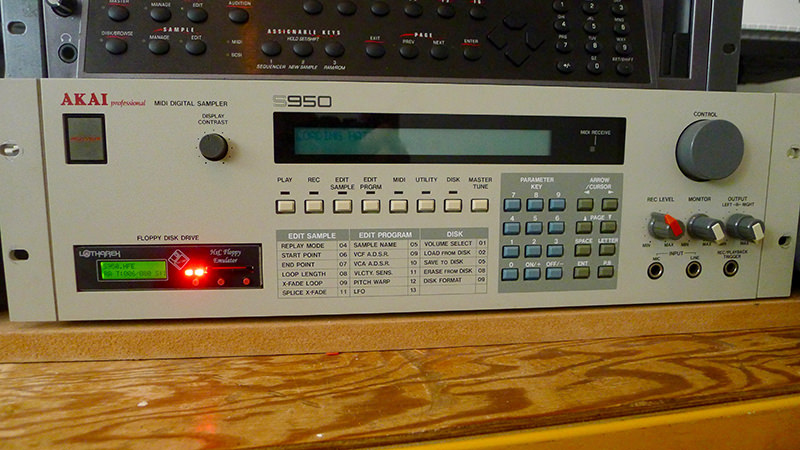
The list goes on: could there be hoovers without the Roland Alpha Juno and its pitch envelopes and pulse width sawtooth? Would trance have sounded the same if Roland had never invented the supersaw and the JP-8000? Without Yamaha’s cold 4-operator FM would classic Detroit techno hit so hard? Would there have been a breakbeat revolution in hardcore, jungle and drum and bass without Akai’s S-series and its timestretch algorithm? All of these genres and more were practically defined by the gear that was used to make them.
The Rise Of Software
Around the arrival of the new millennium, something changed. With improvements in computer processing came more powerful and realistic-sounding software. For the first time, you could convincingly emulate analog synthesizers inside your PC. A new DAW, Reason, recreated the hardware studio experience complete with a virtual rack that you could flip around to access cables for rerouting audio and CV. It was seductive and exciting and longtime electronic musicians began selling off their hardware en masse.
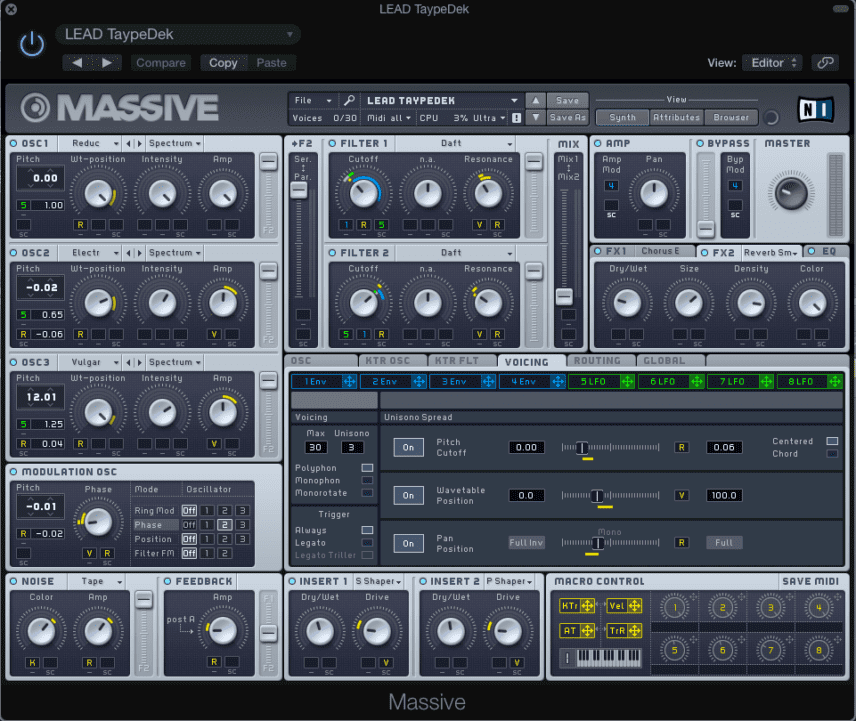
Massive from Native Instruments was released in 2007 and was one of the first soft synths to have a major impact on the sound of dance music. With its flexible wavetables, it was capable of some pretty gnarly sounds and it soon made it way into bass music like drum and bass, breaks, and the nascent genre of dubstep. As the popularity of bass music exploded, so did Massive’s sales, and soon its signature sound was being hammered in clubs across the globe.
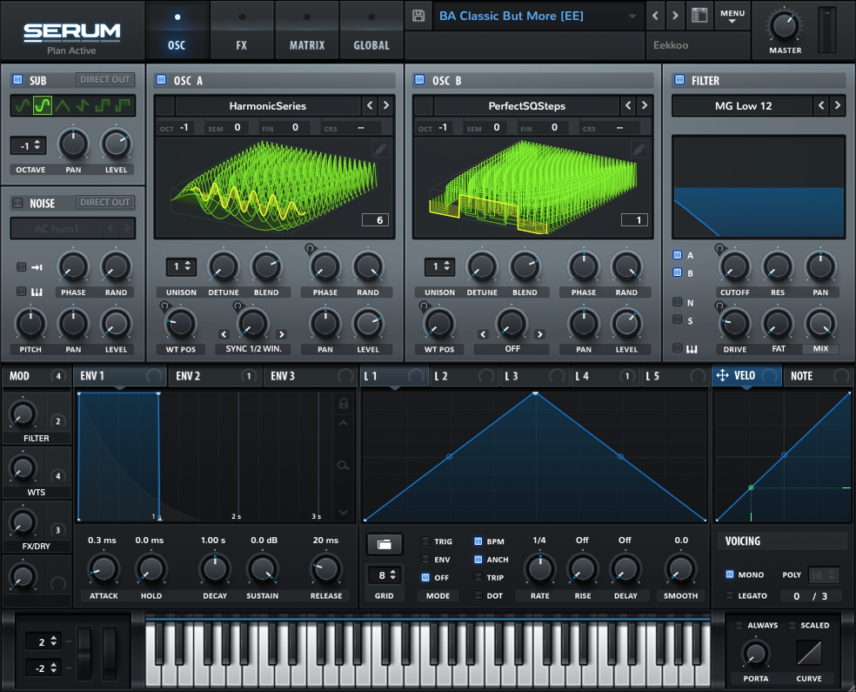
Since then, the importance of software to dance music has only increased. Instruments like Sylenth and then Serum have largely redrawn the shape of dance music, Serum especially. Even DAWs have become powerful drivers of genre change, with Ableton Live revolutionizing dance music production. Lately, FL Studio has become the platform of choice for certain genre producers like trap.
Too Much Of A Good Thing?
After a decade or so of strictly in-the-box productions, many producers have been coming back to hardware. Manufacturers have responded by releasing new products – many new products. Established brands like Korg, Roland, Sequential, Behringer, and Moog as well as smaller boutique companies have responded to the uptick in hardware demand with a deluge of quality instruments. And yet hardware isn’t the driving force in dance music change that it once was.
There are simply too many options now to make a marked difference.
For the hardware fan, the collector, the musician who wants it ALL, too much is never enough. But how about for the culture of dance music? One of the keys to the primacy of hardware in helping establish new genres in the 20th century was scarcity. There just weren’t that many instruments to choose from. There were fewer manufacturers so choice was limited. Take the 303, for example. How many bassline focused-synths with built-in sequencers were there? The answer was very few. You used what you could get – and so did everyone else. With many producers employing the same gear, individual instruments were bound to have a larger influence on music.
The Atomization Of Culture
This brings us to our last point and it’s something that’s happening in many different areas, not just dance music. The atomization of culture. There are just so many options now, it’s bewildering. In the past, fewer choices meant more people were using the same instruments. These days there’s an unbelievable amount of synthesizers and drum machines on the market. How can any single machine make a discernible impact?
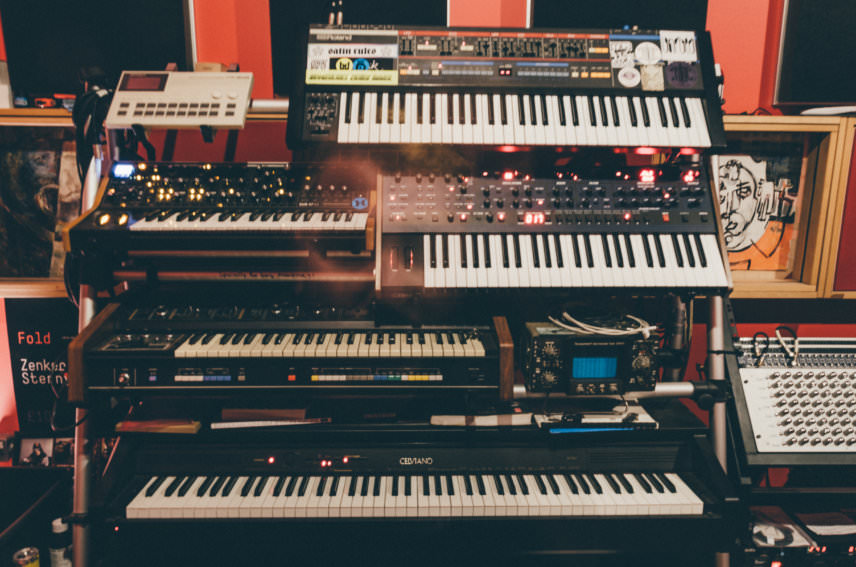
Another issue that’s preventing hardware from helping producers forge new genres is nostalgia. Many of the new instruments being released are actually rehashes of old gear. Whether they’re outright clones, Frankensynths that combine popular bits from different past instruments (an oscillator from a Prophet 5, a filter from a SEM, a chorus from a Juno, etc.), or instruments inspired by the classics, there’s precious little that’s pushing the envelope. It’s hard to create the future when your instrument sounds 40 years old.
This is not to say that there’s no new gear helping spawn genres. Elektron’s output is consistently past-resistant while Roland’s SP-404 phrase sampler has been instrumental in the creation of lo-fi hip-hop and LA’s beat scene. Modular synthesis has also had a large effect on music, although it too can succumb to the temptations of classic synth worship.
We aren’t knocking classic synths or the retro revival. A quick look around our studio will reveal plenty of synths about as old as we are as well as modern ones that sound just like them. However, with much of dance music stuck in the past, some forward-thinking new gear could be just the thing to give it a good shot in the arm. Synth manufacturers, inject some cash into your R&D departments and take a chance on some wild new synthesis types. Dance music could use it.
While you’re here…
We are starting a live night. Find out more, and sign up to play or simply watch.
